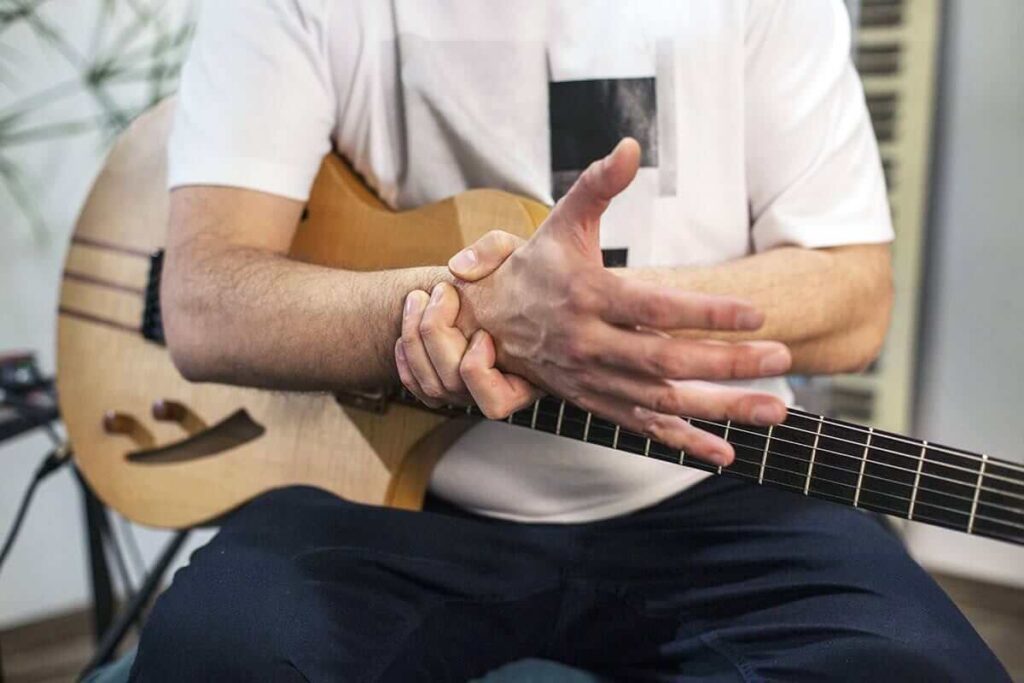Boise Artists: Don’t Let Pain or Injury Dampen Your Creative Spirit

We often don’t consider the long-term impact that practicing the fine arts can have on the body.
Yet, according to Boise physical therapist Bret Adams, dancers, musicians, visual artists and even performing artists are not immune to experiencing pain and injury related to their crafts.
“Artists of all types express themselves in ways that require various levels of strength, flexibility, balance, precision and dexterity,” said Adams, physical therapist of Idaho Spine & Sports Physical Therapy in Boise and Meridian. “Over time, this can have a real impact on their bodies, issues that may manifest as discomfort, pain, injury and movement limitations.”
With the most potential for stress on their bodies, dancers, of course, may experience some of the same types of injuries as jumping athletes. But, artists who practice other, lower-impact crafts are not immune from the long-term stress of practicing, creating and performing.
“Musicians, for example, often have to train their bodies to bend, reach and grip in incredibly tense and precise ways for long periods of time,” Adams said. “Even visual artists may find themselves bent tightly over a piece over long stretches, which can lead to a number of potential musculoskeletal disorders.”
The following are some common issues that can develop within various populations of fine artists:
Dancers
Along with the potential for acute injuries, dancers of all types are prone to overuse injuries in the hips, knees, ankles and feet. Injuries like hip impingement, tendonitis in the hip flexor or Achilles tendon, runner’s knee (patellofemoral pain syndrome), stress fractures, and even the development of arthritis are common in dancers.
Musicians
Those who play string, percussion or wind instruments can, over the long term, also develop overuse and repetitive strain injuries (RSIs). RSIs are in pain the muscles, nerves and tendons caused by repetitive movements.
Conditions such as tendonitis, bursitis, carpal tunnel syndrome and thoracic outlet syndrome can be painful. They can also affect a musician’s strength, endurance, and ability to properly grip their instrument.
Visual Artists
Visual artists such as painters and sculptors are also not immune to RSIs and overuse injuries (i.e., tendinitis, carpal tunnel, etc.).
The focus and precision that goes into artists’ efforts can cause them to work for long periods of time without a break – sometimes in awkward positions and postures – adding tension and strain to the body.
Performing Arts
Covering a broad spectrum of people, from actors to stage and lighting designers, injury trends in the performing arts are more difficult to track. However, excelling in this field requires mental and physical endurance. Performing artists often work and practice long hours while wearing multiple hats, often crossing into other elements of fine arts such as dancing, music and visual arts.
“The need to create or perform artistically is so strong in some people, it can seem to rival their need to breathe,” Adams said. “So, when pain, weakness or discomfort starts to affect your work, it’s important to get in to see a physical therapist early for an assessment and treatment, if required.”
Physical therapists, Adams said, can also identify the potential for painful conditions before they occur, providing clients with exercise and treatments for strengthening their bodies to avoid injury.
